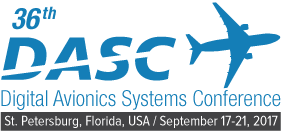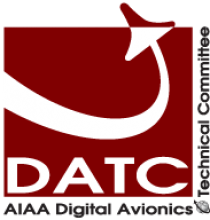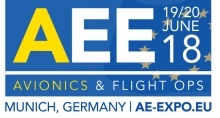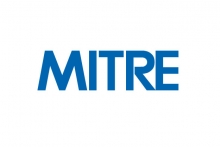History
In 1975, the field of digital avionics was officially recognized and sponsored by the American Institute of Aeronautics and Astronautics (AIAA). Boston was the site of the 1st DASC, followed by Los Angeles in 1977. The conference was held in alternate years until 1990 when it was held annually.
The AIAA and Institute of Electrical and Electronic Engineers (IEEE) became joint sponsors in 1979 at the 3rd DASC in Fort Worth. It was the late Lou Urban, a Wright-Patterson AFB senior manager, who was very active in the IEEE AESS and negotiated the joint sponsorship.
For the AIAA, the Digital Avionics Technical Committee (DATC) has overall supervisory authority of the DASC. The DATC is functionally aligned within the AIAA Information Systems Group. For the IEEE, the Aerospace and Electronics Systems Society (AESS) has overall supervisory authority.
The DASC provides a forum for the exchange of new knowledge in digital avionics among professionals and students in the fields of commercial, military, and general aviation and space applications. It serves the needs and professional interests of AIAA and IEEE members and promotes in a public environment their contributions and achievements in the arts, sciences and technology of aeronautics and astronautics.
In an unclassified environment, exchanges of technical information between the DOD and civil sectors occur and are encouraged. A balance between military and civil applications of technology is a strategic goal.
Conference Objectives
- To provide a forum for free discussions of new ideas, research, development and applications in order to stimulate and inspire pioneering work in the field of digital avionics and related areas.
- To acquire high quality technical papers for publication in a DASC Proceedings and other appropriate publications such as the AIAA Journal of Aircraft and IEEE Systems Magazine.
- To provide a meeting that will further the progress of AIAA and IEEE entities, including Societies, Technical Committees and local Sections and thereby better serve the interests of all AIAA and IEEE members and the community at large.
- To provide an atmosphere that strengthens the interpersonal rapport of a large number of engineers and scientists interested in specialized and closely related fields.
- To provide an exhibition of current hardware and software products, methods and tools.
- To provide instruction in advances in digital avionics and to encourage and reward student academic participation.
- To encourage international participation.











